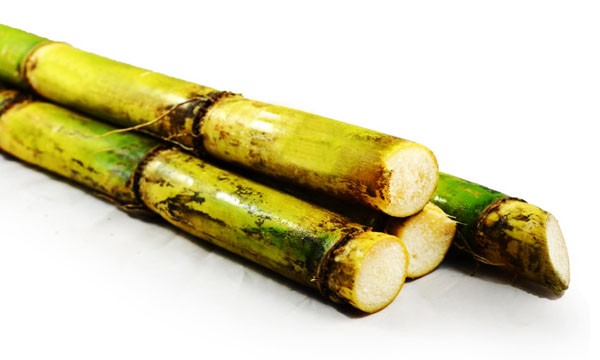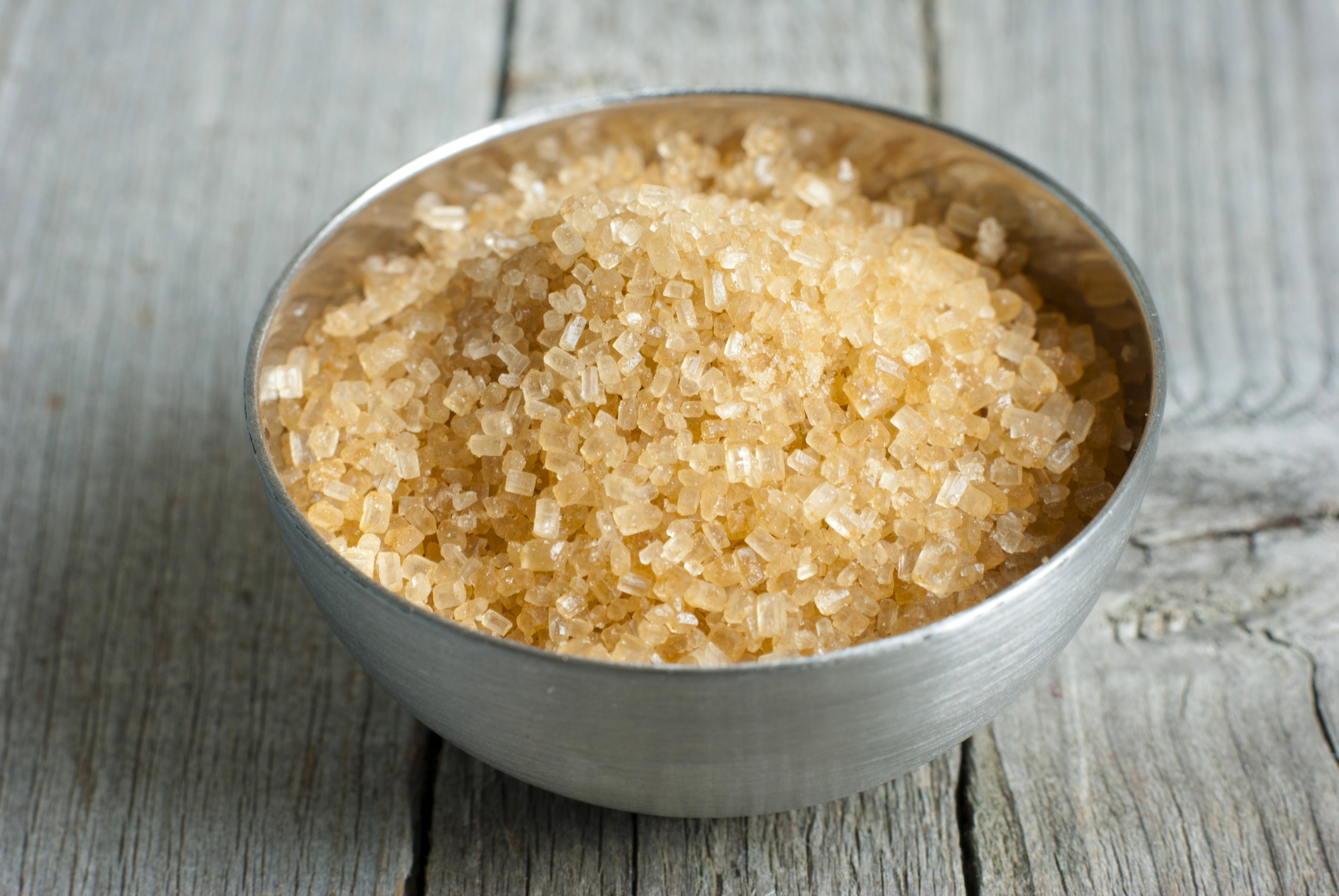Cane Sugar Processing: Standard Methods and Modern Innovations
Cane Sugar Processing: Standard Methods and Modern Innovations
Blog Article
Recognizing the Important Methods and Technologies Utilized in Modern Walking Stick Sugar Handling
The advancement of cane sugar processing has been dramatically formed by the assimilation of sophisticated strategies and innovations that address both efficiency and sustainability. As we explore these important innovations, it becomes important to analyze just how they not only enhance manufacturing however likewise line up with wider market fads and consumer demands, raising inquiries about the future of sugar processing and its effects for international markets.
Historic Context of Walking Cane Sugar Processing
The historical context of walking stick sugar processing reveals a rich tapestry of agricultural advancement and social exchange that has formed its development over centuries. Coming From Southeast Asia, sugarcane was grown as early as 8000 BCE - Cane Sugar Processing. The procedure of extracting and improving sugar obtained momentum in India, where approaches for condensation were developed around the 6th century. This understanding passed through to the Middle East, and by the 12th century, sugar became a valued commodity in Europe, causing the facility of sugar haciendas in the Mediterranean.

Advanced Extraction Strategies
Effectiveness in walking stick sugar extraction has actually seen substantial improvements, driven by the need for greater yields and lower production costs. Typical methods have evolved, giving means to cutting-edge technologies that boost the efficacy of the extraction procedure. One noteworthy advancement is making use of enzyme-assisted removal, where particular enzymes break down cell wall surfaces and launch even more sucrose from the walking cane fibers. This technique not just increases sugar return however likewise decreases the energy needed for processing.
Additionally, the adoption of membrane filtration modern technologies, such as nanofiltration and reverse osmosis, has actually revolutionized the separation of sugar from pollutants. These methods permit the selective permeation of sugar molecules while retaining larger pollutants, streamlining the removal process and minimizing waste.
Moreover, the assimilation of continual removal systems has actually brought about boosted operational effectiveness. Cane Sugar Processing. These systems preserve a constant flow of cane material, ensuring optimum extraction problems and lowering downtime connected with set processing
Innovative Refining Technologies
Refining techniques in walking cane sugar processing have gone through a transformative change, driven by the demand for greater purity and enhanced item top quality. One of one of the most notable developments is the adoption of membrane layer purification modern technologies, such as ultrafiltration and nanofiltration. These procedures properly eliminate pollutants and colorants without the demand for extensive chemical treatments, thus preserving the sugar's natural taste and boosting its charm.
One more significant innovation is the usage of ion exchange resins, which enable for selective removal of unwanted ions see this here from sugar services. This technology not only boosts the general pureness of the last item however additionally adds to reduced waste and ecological effect.
Moreover, innovations in adsorption techniques, using activated carbon and various other advanced materials, have actually shown effective in decolorizing sugar services while preserving optimum quality. The assimilation of these cutting-edge refining modern technologies ensures that producers can generate polished sugar with superior clarity and preference, fulfilling the evolving choices of consumers.
Automation and Control Systems
Recent improvements in refining innovations have led the way for significant renovations in automation and control systems within walking cane sugar handling facilities. These systems utilize advanced software application and equipment to boost operational efficiency, decrease human mistake, and ensure look at this website regular product top quality.
Modern automation integrates numerous components, consisting of sensing units, actuators, and programmable logic controllers (PLCs), allowing real-time tracking and control of vital procedures. As an example, flow, temperature level, and pressure rates can be specifically controlled during extraction, clarification, and condensation phases, optimizing efficiency and reducing waste.
Additionally, advanced information analytics and artificial intelligence algorithms play an essential role in anticipating upkeep, enabling operators to prepare for devices failings prior to they occur. This proactive method not just minimizes downtime yet additionally extends the life expectancy of machinery.
Furthermore, automation facilitates the implementation of Industry 4.0 principles, encouraging sugar mills to attain higher connection and information exchange across processes. As an outcome, decision-making comes to be even more informed and nimble, ultimately improving the total competitiveness of cane sugar manufacturing. With these advancements, the industry is well-positioned to satisfy growing international demands while preserving functional quality.
Sustainability Practices in Sugar Production
Sustainability practices in sugar production have ended up being progressively necessary as the industry looks for to balance financial viability with environmental responsibility. As consumer understanding expands relating to the environmental impacts of farming methods, sugar manufacturers are adopting cutting-edge methods to decrease their environmental footprint.
One substantial approach is the execution of precision agriculture strategies, which use data analytics to maximize resource usage, such as water and plant foods. This minimizes waste and decreases the effect on neighborhood communities. In addition, lots of producers are transitioning to sustainable power sources, such as biomass from sugarcane results, to power their operations, thus lowering reliance on fossil fuels.
Water administration practices are also pop over to this site important; rain harvesting and effective irrigation systems help reduce water shortage concerns. Cane Sugar Processing. Additionally, integrated pest management approaches decrease chemical use, promoting biodiversity and soil health and wellness
Corporate social responsibility initiatives are emerging, with companies investing in local areas and ensuring fair labor methods. By welcoming these sustainability techniques, the sugar sector not only improves its credibility however also adds to an extra sustainable farming landscape, leading the method for future generations.

Conclusion
In recap, modern-day walking cane sugar processing incorporates a series of advanced strategies and modern technologies that dramatically enhance sustainability, effectiveness, and return. The adoption of ingenious extraction and refining techniques, together with automation and control systems, helps with boosted operational performance and item quality. Moreover, the emphasis on sustainable techniques highlights a dedication to minimizing ecological impact and promoting ethical production. Jointly, these innovations place the walking cane sugar sector to fulfill modern demands while attending to essential global difficulties.
The development of cane sugar processing has been significantly formed by the integration of sophisticated techniques and modern technologies that address both efficiency and sustainability.The historic context of walking cane sugar processing reveals a rich tapestry of agricultural technology and cultural exchange that has actually shaped its advancement over centuries. Developments in milling and refining emerged, laying the groundwork for modern-day walking cane sugar handling.Refining techniques in walking stick sugar handling have actually undertaken a transformative change, driven by the need for greater purity and enhanced product high quality.In summary, contemporary walking stick sugar handling integrates a variety of sophisticated methods and modern technologies that significantly boost sustainability, return, and efficiency.
Report this page